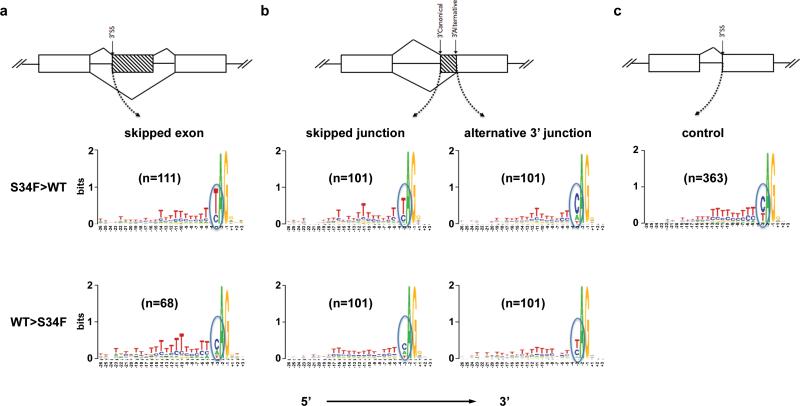Figure 3. The U2AF1 (S34F) mutant recognizes the uridine at position e-3 of the 3’ splice site less frequently.
(a) Schematic representation of an exon skipping event (top) and Logos nucleotide sequence analysis at the 3’ splice sites of skipped exons are shown. Exons skipped more often with U2AF1 (S34F) have an increased frequency of U at the e-3 position (middle), compared with exons skipped more often with WT U2AF1 (lower). (b) Schematic representation of alternative cryptic site usage showing the 3’ canonical and alternative sites (top). Part of a cassette exon is skipped due to alternative site usage. Logos plot of nucleotide sequences at the 3’ splice sites of either the skipped (left panels) or alternative (right panels) junction. The U at e-3 leads to less recognition of the 3’ splice site of the canonical junction by U2AF1 (S34F), resulting in an increase in alternative site usage. Consistently, a U at e-3 of the alternative 3’ junction is recognized less often by U2AF1 (S34F) than by U2AF1 (WT). (c) 3’ splice sites of junctions not altered by U2AF1 [S34F; i.e., | log2(fold change) | < 0.001] are shown as control. n is the number of splice junction events used in the Logos analysis and includes both known and novel junctions. The frequency of each nucleotide at a position is represented by the height of each letter. ‘Skipped Junction’ refers to canonical splice acceptor sites that are skipped in lieu of downstream cryptic splice acceptor sites.

